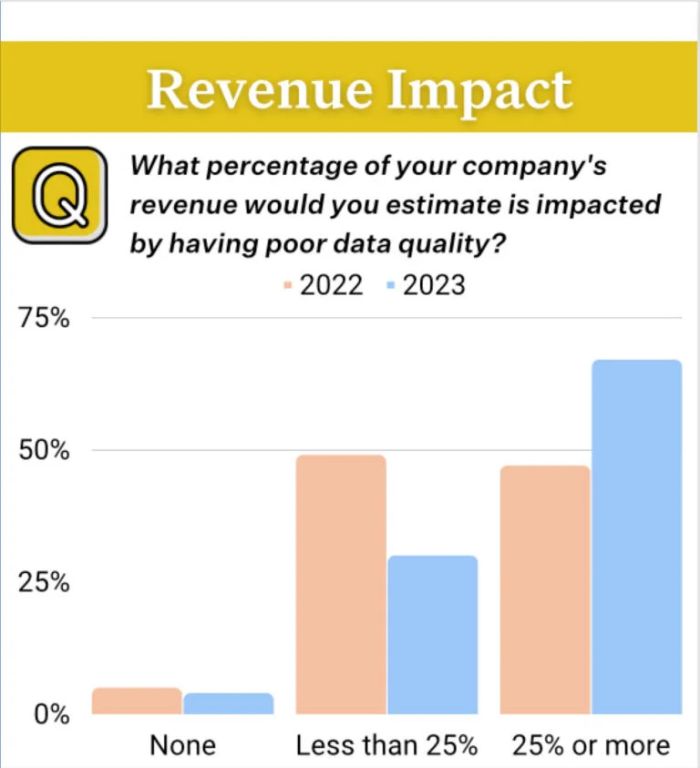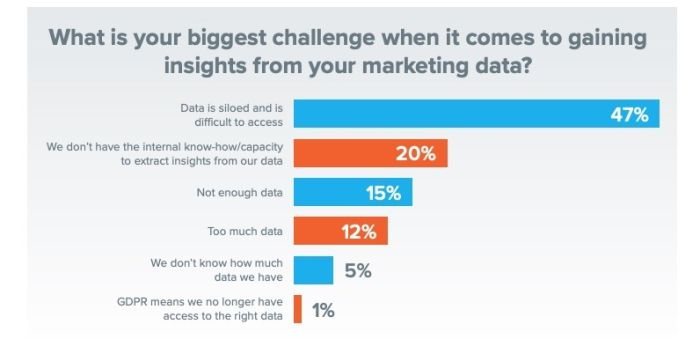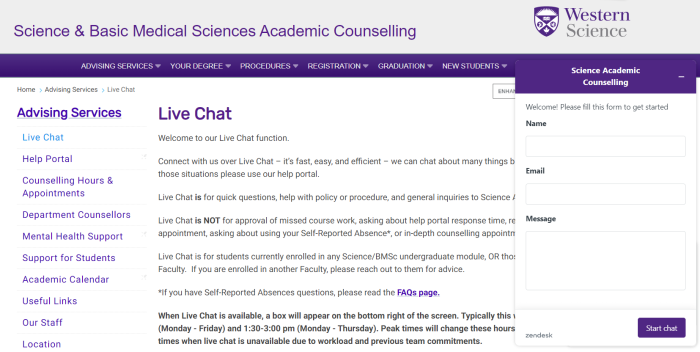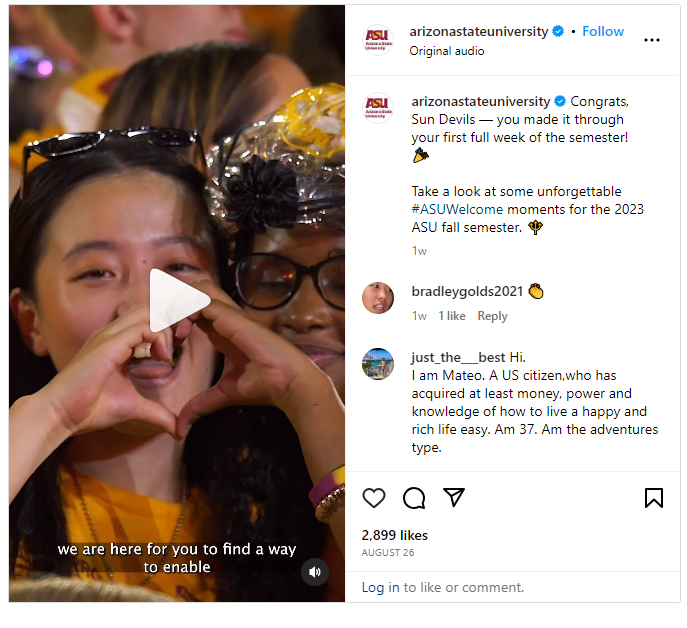AI in marketing has become a noteworthy phenomenon, making it hard for school marketers to overlook. Many are implementing AI marketing strategies to stay ahead of the competition. However, this new technology poses a new set of challenges that is important for education marketers to consider. By understanding the limitations of AI, your marketing team can make better use of its time and efforts—more effectively boosting their productivity and output. The problems include unreliable outcomes, difficulty integrating AI tools, lack of data quality and quantity, and human creativity and depth. There are also potential ethical and privacy concerns.
Here’s a closer look at some of the top limitations and challenges that your team may face while working with AI-driven tools!
1. AI Predictions and Analyses May Not Be as Reliable as Education Marketers Think
One of the most significant limitations of artificial intelligence is that it can be wrong or unreliable in its predictions or solutions. AI algorithms are only sometimes easy to follow, making it difficult for marketers to understand how an AI prediction or solution came to be. Not understanding or contributing to this process makes it harder to trust the information returned to you. This means marketers must fact-check and ensure the predictions and solutions provided are accurate and reliable.
Not only does this bring up issues of transparency, but it also raises concerns about fairness and accountability. Schools using AI must ensure that the AI algorithms they rely on are transparent and explainable to all stakeholders. By doing so, you can build trust and confidence within your team when using these AI-driven tools, boosting your overall productivity and streamlining your workflow.
It’s also important to remember that AI systems need instructions, adjustments, and controls inputted by humans to run successfully. AI tools can generate much content and produce predictions, but this all relies on specific human-generated prompts. Despite being clear and understandable to humans, these prompts may also generate incorrect information. This can be due to AI’s inherent limitations, such as quick content proliferation and narrowed access to resources (i.e., databases, updated internet archives, etc.).
Example: School marketers must be specific when using AI tools, particularly AI content generation tools. Here, a human-generated prompt asks the tool to create a meta description for a specific blog post—setting up clear parameters to produce useable results.

Source: ChatGPT
2. Data Quality and Quantity May Not Be Sufficient for Schools Using AI
For AI-driven solutions to be meaningful, they must be a product of huge data sets and human intervention. Simply put, good AI results require rich data sets that allow school marketers to gain more profound and accurate insights—making these insights more actionable and reliable.
Data does not only have to be plentiful, but it also needs to be high quality. If the data AI tools have access to and are being trained on needs to be more accurate, reliable, complete, and biased. The predictions and solutions these tools can provide are likely flawed. Schools that blindly depend on these AI-generated outcomes may inadvertently harm their marketing initiatives. Here, ensuring that your AI tools can access clean, accurate, and diverse data sets is integral to the successful application of AI in education marketing.
A data quality survey shows that poor data quality significantly impacts a company’s revenue—with the percentage of the impact rising in 2023. This shows that bad data is a big concern for many businesses and data teams:

Source: Monte Carlo
Lack of data quality and quantity are key limitations of AI that directly influence an AI algorithm’s performance, but so are the limited capabilities of AI applications. It’s currently difficult for AI tools to optimize for multiple dependent outcomes simultaneously. This means marketers who want to optimize two conversion rates simultaneously may struggle using AI tools.
For instance, A/B testing a landing page while also running another algorithm that generates different ad content and trying to optimize these efforts can be too difficult of a test for AI tools to complete. Human judgment is necessary in these situations, and optimization efforts using these AI tools must be done independently—one task after another.
3. Schools May Experience Difficulty Integrating AI Tools into their Marketing Strategy
Schools must carefully determine how to integrate AI into their marketing strategy to promote smooth integration and enjoy maximum benefits. In today’s hyper-evolving marketing landscape, schools must constantly stay on top of new trends and adopt new strategies. This can make it difficult for schools to naturally incorporate AI when so many other efforts are taking place, and many platforms are in use.
AI limitations can occur when your school’s marketing or advertising mix is too complex or disjointed. The limitations of AI include unreliable results, difficulty integrating AI tools, lack of data quality and quantity as well as human creativity and depth, and potential ethical and privacy concerns. When your team uses multiple platforms for different efforts, your data can easily be siloed, creating opportunities for data loss. When data points are disconnected, your school’s marketing team can find it challenging to collect and organize your data meaningfully, thus generating low-quality data that prompts unreliable predictions or solutions.
Interestingly, research shows that 47% of marketers identify data silos as the biggest issue preventing them from gaining marketing insights:

Source: Basis Technologies
Having disorganized data also impacts the performance of your AI tools. The time it takes to collect and organize your data delays your workflow, preventing you from acting on insights in real-time. To avoid these issues, you’ll want to rely on marketing efforts that seamlessly integrate, gathering your data in one place.
4. Limitations of AI Can Include Lack of Human Connection and Experience
AI can be a big help in a marketing campaign and help your school create helpful content. It can be a great tool to help your school’s team fill up their content calendar, generate blog topic ideas, and produce a primary copy.
However, what it produces can often feel hollow, lacking human emotion and insight. This can make it harder for your audience to connect deeply with your AI-generated content. Although your school can use AI for creating content and generating ideas, it’s important to include human intervention and control. In this way, AI tools are incapable of completely replacing humans and mainly serve to empower them instead.
When it comes to the limitations of AI, your team will need to remember that AI tools cannot mimic human intelligence and decision-making simply because they lack a high degree of precision and are not advanced enough at this stage.
AI is also limited by not having emotions and subjective thinking processes, making them pale compared to humans with their ability to feel complex emotions and thus make emotional and deep connections—which ultimately help schools better connect with prospects. This limitation also presents situations where AI can incorrectly analyze information or create insensitive content. As a result, AI still needs to rely on human expertise to generate prompts and edit final outputs.
Chatbots can easily show the limitations of non-human interactions between brands and prospects. While many help schools quickly answer prospects’ questions, they can only provide limited responses and may not have access to the information needed to address a specific query. If a prospect becomes frustrated and cannot get the answers they need, they may develop a negative experience with your school. Research shows that 50% of consumers decrease or stop spending after only one bad experience with a company. And so, integrating a human component, such as a live chat with a school representative, can go a long way.
Example: Western University’s Western Science Department uses live chat to connect with its prospects and answer their general questions through live human interaction. This way, students can feel like they’ve engaged with the school and are more likely to develop positive experiences when getting the help they need:

Source: Western University – Western Science
Interested in learning how AI tools can be used efficiently in your school’s marketing efforts? Reach out to our team and read our blog post to discover how HEM uses AI to deliver results!
Lack of Creativity is One of Many Limitations of AI that School Marketers Can Face
Human insight and judgment provide much-needed creative direction to schools using AI content-generation tools. This difficulty of replicating human creativity is one of the biggest challenges with AI today. Although AI can speedily produce lots of content, this content can need more depth and freshness. It must be refined and engaging, making human creativity and sensitivity key.
AI algorithms can be efficient, but limitations should be anticipated without creative input. This could range from content lacking personality or tone-deaf to systems promoting homogenous structures. Schools must determine the perfect balance between AI generation and human intervention to avoid these issues and benefit from their efforts. Human employees can still be key in brainstorming creative and engaging content to help your school connect with its prospects.
Human-generated content allows prospects to learn more about the people on your school’s campus. Unlike most AI-generated content, this content becomes compelling and engaging, allowing prospects to better identify with your team members, current students, alumni, and teachers.
Example: Arizona State University’s post features authentic video clips of its campus and students celebrating their first week of the semester. These human-generated clips are accompanied by a well-written caption that feels human, embracing a proud tone of voice while celebrating its students:

Source: Instagram – Arizona State University
5. AI Can Pose Ethical and Privacy Concerns for Schools Using it in Education Marketing
Ethical concerns around potential biases in AI algorithms and potential discrimination or unfair treatment of specific demographics can occur around AI decision-making. This not only contributes to the limits of artificial intelligence but also brings up important issues that can lead to negative consequences for schools.
Schools also need to consider the privacy concerns around collecting and using prospects’ data by AI-powered tools, which raises the issue of compliance with data protection regulations. Your school must know these privacy concerns and prioritize action, ensuring compliance when implementing AI marketing initiatives to avoid legal repercussions.
Concerns around intellectual property may also come up when using AI tools. That’s because AI content is generated from existing materials, creating a risk of plagiarism and copyright infringement. AI doesn’t have human skills like inferring the meaning of a block of text and understanding the big picture, so it can easily copy what it finds and present that as usable content.
Note: School Marketers May Have Unrealistic Expectations of AI
Despite how popular AI tools are becoming, they’re also an evolving technology and are still under further development. As a result, it’s easy to forget about the limitations of AI and have unrealistic expectations of the technology and its potential.
It isn’t the ultimate technology that will replace humans instantly and complete all your marketing initiatives. Instead, it should be viewed as a powerful tool to augment your workflow and improve productivity, not replace your current process and efforts. In this way, AI education marketing strategies can decrease time spent on various tasks and take off some pressure surrounding specific marketing and advertising activities.
It’s also important for schools to consider the potential challenges and costs of implementing AI tools. This may require investing in technology infrastructure, data storage, or AI upskilling initiatives for your team. Some schools may encounter budget and resource limitations, so carefully assessing the feasibility, benefits, and costs of implementing AI is key.







